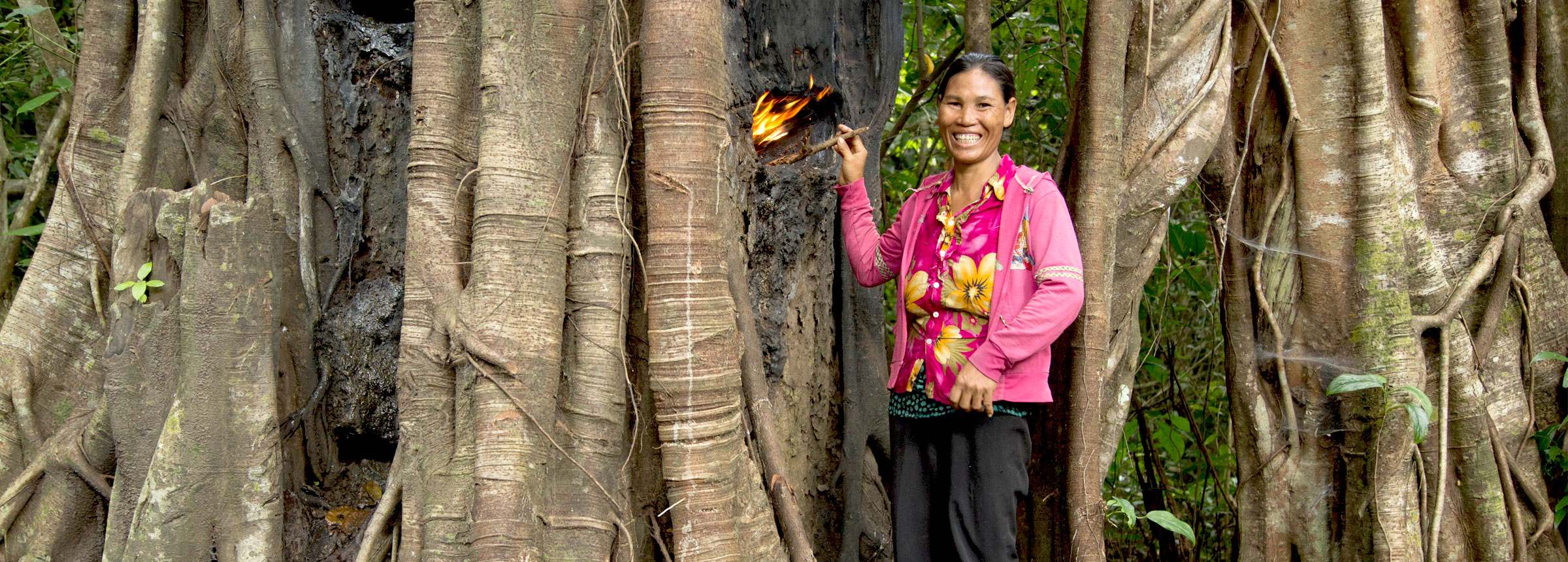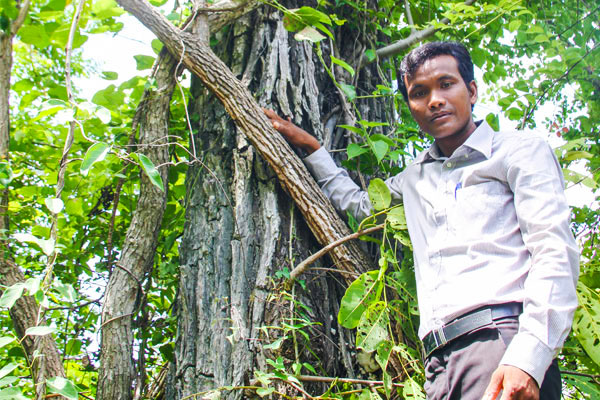
Views from the Forest
Sao Sam Art Reflects on Eight Years of Helping Communities Protect Their Trees
Sao Sam Art was born in 1980 in Thalaborivath District, Stung Treng Province. He became chief of the Phnom Prasat Community Forest Management Committee (CFMC) in 2009, and is also deputy-chief of Anlong Svay Village and a secretary of the Stung Treng Provincial Community Forestry Network. Through the USAID Supporting Forests and Biodiversity Project (SFB), implemented by Winrock International, Sao Sam Art has increased his knowledge of environmental law and forestry law, and gained new skills on forest patrol techniques and the use of GPS.
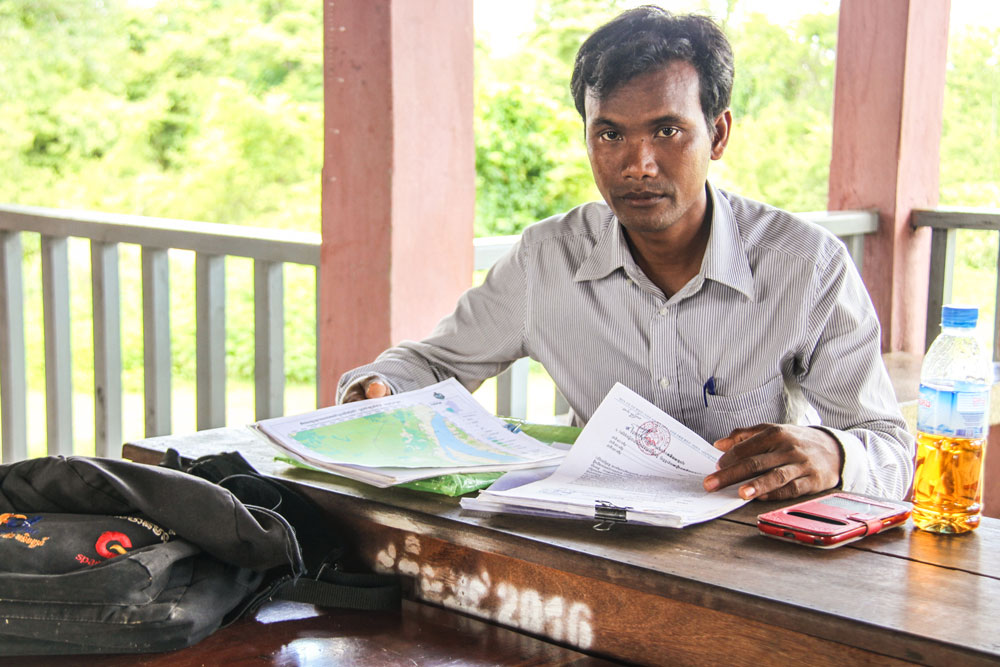
What are the main challenges of protecting your community forest?
“It is really challenging to take action against illegal logging or land encroachment activities because the community forest management committee (CFMC) is not considered as a law enforcement authority. We do not have the authority to arrest any forest crime offender, but only to confiscate and report the case to the relevant agencies. We have many members joining the patrols, but our resources are limited, as are those of the local authorities.”
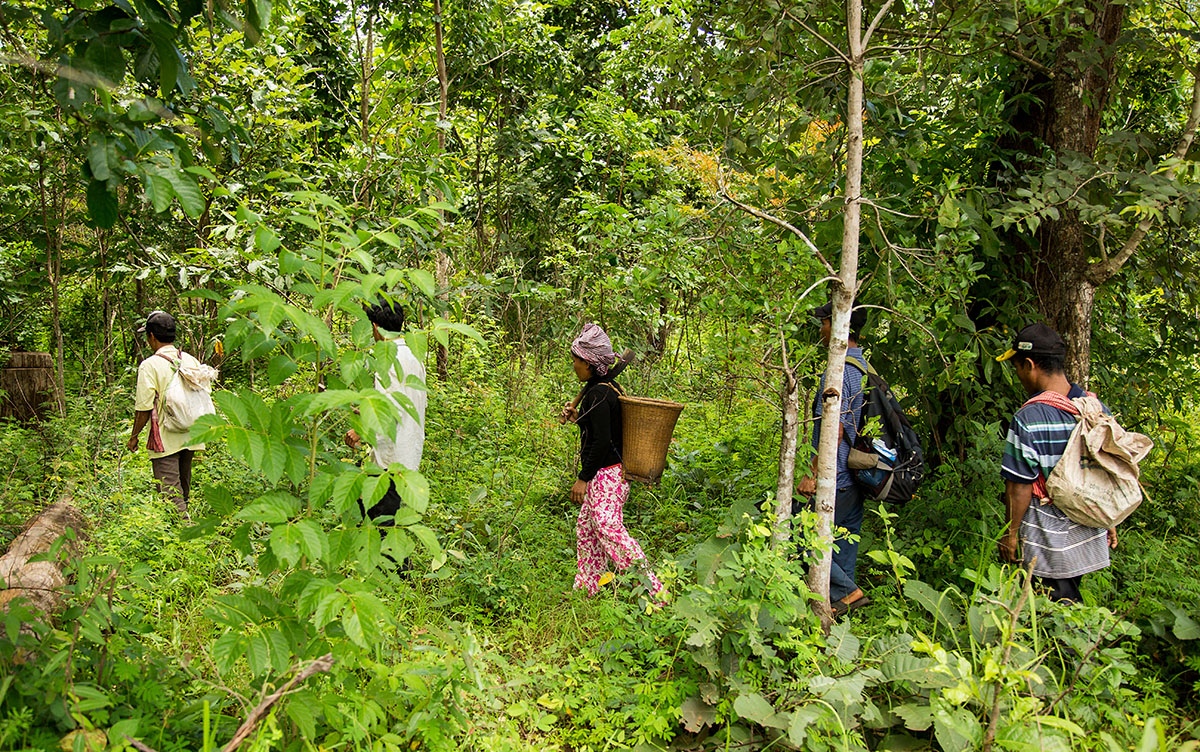
What is the current situation regarding other threats to the community forest?
“Illegal logging and land encroachment activities are still increasing and often committed by both insiders and outsiders of the community forest. Encroachment is common, both in the adjacent forest area as well as inside the community forest boundary. Chainsaws are used to cut the big trees in the daytime and they are moved offsite during the night by hand tractor. Offenders also use snares to trap wildlife and often set fires in the forest after leaving their poaching site”.
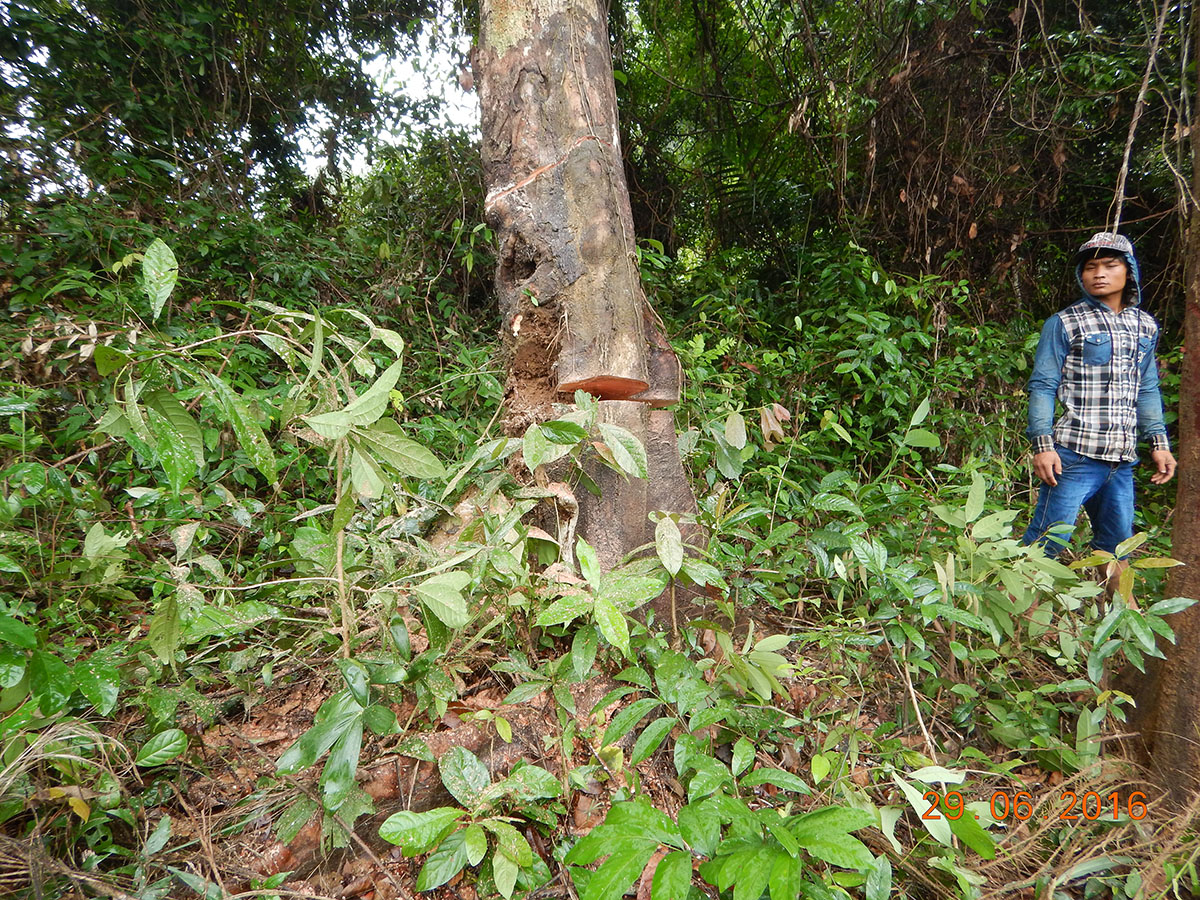
What has USAID SFB provided to your community members to respond the above situation?
“USAID SFB has trained our community members how to effectively patrol our forest and provided us with high-quality forest patrol equipment, as well as developed rules and guidelines for co-patrolling. Earlier this year, we successfully conducted our first co-patrolling in the forest with participation of around 30 individuals. We truly thank USAID for supporting us in protecting the forest and biodiversity in and around the Prey Lang Wildlife Sanctuary. With this support from USAID, our 20 community members in the CFMC team now have good skills on patrolling and a better understanding of forest laws. We feel empowered and encouraged to stop illegal logging and land encroachment activities in Prey Lang forest for the next generation.”
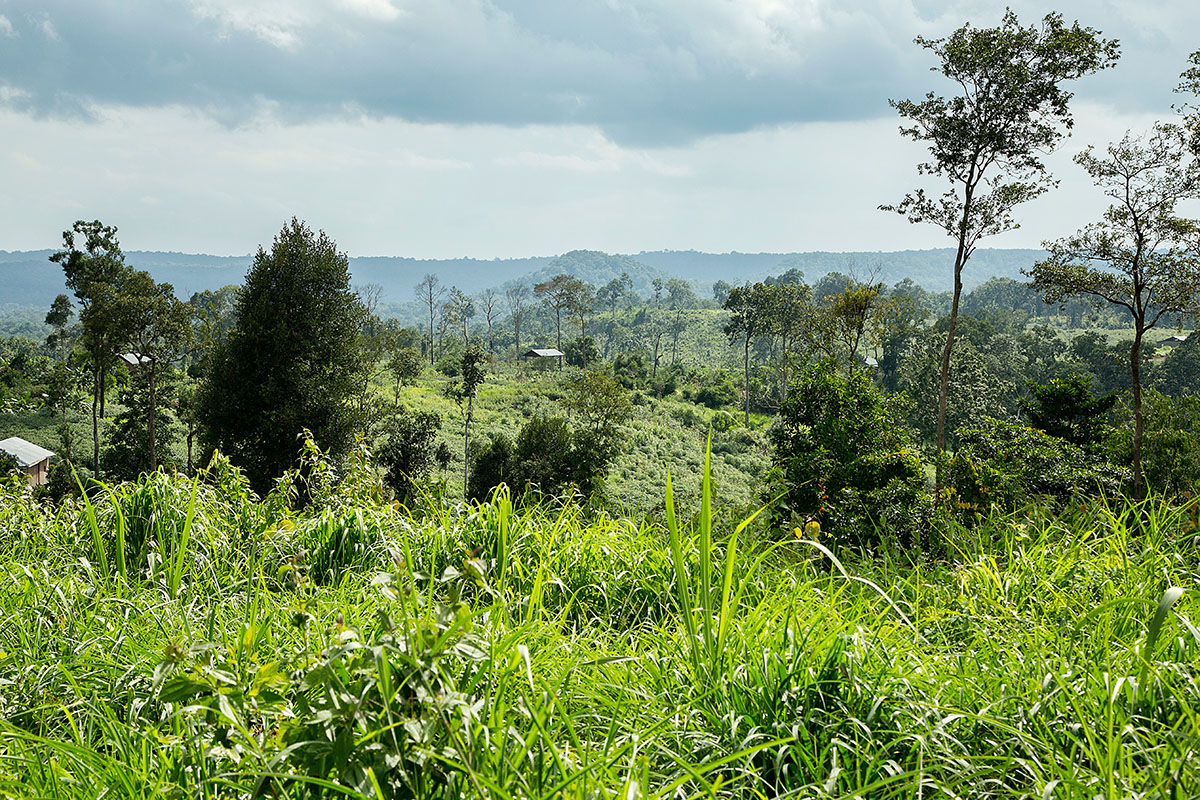
What are your thoughts on improving forest protection and biodiversity conservation in your community?
“We have to recognize the value of community-based forest patrols. The co-patrolling initiated by USAID SFB is a good example, which could be supported through possible funding next year from the government through Commune Investment Plans. We encourage all relevant stakeholders, especially officials from the forestry administration and provincial environment department, to join future co-patrolling. Our CFMC team alone cannot deal with these complex issues. We need a clear structure, roles and responsibility from all key stakeholders to effectively protect Cambodia’s natural resources.”
The content of this interview is the sole responsibility of Winrock International and does not necessarily reflect the views of USAID or the United States Government.
Related Projects
